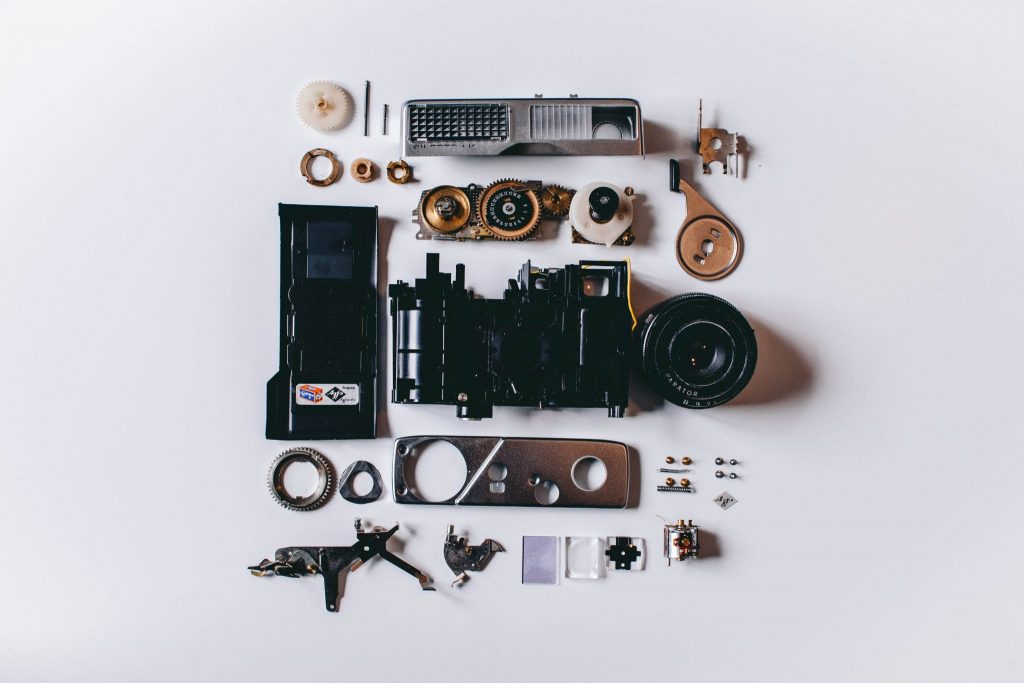
Rapid prototyping of models can be quickly and easily created from a variety of materials.
3D printing process
Rapid prototyping is a parallel term for various 3D printing processes for the rapid production of prototypes or component samples.
Three-dimensional CAD design data is used to fabricate physical models in the rapid prototyping process. 3D prototyping is the process of adding or generating; using chemical or physical processes, the form from an informal or neutral form of material. In contrast, there are subtractive Computer Numeric Controlling methods that process something from a block of material.
However, to create a 3D model, you first need a file that contains information about the object to be printed. Computer-aided design (CAD) systems allow modeling and building two-dimensional and three-dimensional models. The 3D printer reads this CAD file and decomposes the virtual model digitally into separate horizontal layers. This process is also calling slicing. The printer now creates these layers sequentially. The model continues to grow in this layered structure until its completion.
Before the development of rapid prototyping, the production of complex models was tedious and expensive. Everything had to be persistently assembling by hand from wood, cardboard, metal, or other materials.
The time from the idea to the finishing component is significantly reducing by rapid prototyping. With fast-growing models, weaknesses can be quickly identifying and the original design optimized.
3D printing creates the first idea of the final product.
Types of models with different requirements
Depending on the stage of the project and the subsequent use of the model, the process of prototyping is subject to different requirements.
The following types of models are available for different applications:
- Technical prototypes for determining whether all functional requirements of the final product. High demands for placing on the material, surface quality, and level of detail.
- Functional models serve the purpose of checking individual properties as well as the functions of the final product. Functionality, suitability, and physical properties are important here. Depending on the application, the requirements for surface quality, the accuracy of parts, and material are different.
- Proportions of the model for reproduce the exact shape of the component.
- Ergonomic models to test the properties of operation and application. Here the quality of the surface plays a special role in the functioning of the final product.
- Model design for visually evaluate the design. Much attention is paid to detail and surface quality.
Classification of rapid prototyping procedures
Although the models of different rapid prototyping methods differ in terms of material properties and surface quality, strength, etc., the production of prototypes is based on the same functional principle.
Some methods can be classified about used material:
Powder form
Materials such as wax, PVC, nylon, ceramics, and metal can be processed into powder in two different ways:
- In laser sintering, the powder is melting by a laser beam and the individual layers are interconnecting.
- In 3D printing with short 3DP powder, the powder is gluing to the binder in the mold.
Liquid form
For stereolithography (SLA), liquid synthetic resins, such as epoxy resin or acrylates, are cured with an ultraviolet laser beam.
Reactive resins are cured under the action of UV light – photopolymerization.
However, the model is only polymerizing to 95 percent, so after cleaning it is cleaning again in a UV chamber.
Molten form
In this technique (eg, FLM – fused layer modeling or FDM – fused layer modeling), the materials are melting in solid or powder form in a heating head or by a laser. The nozzle carries the liquefied material.
Depending on the printer model, the printhead or platform on which the object is created will be moved. This process, also known as the extrusion process, was one of the cheapest ways to create a three-dimensional model.
Solid form
Solid materials in the form of films or plates can use, for example, in the manufacture of objects from laminate (LOM). So, materials like foils, paper, plastic, or metal are stick together and cutting with a laser. Non-forming excess materials are cut into small structures and remain as a supporting structure, which is then removing.
Opportunities for the future
3D printing processes are still in their infancy, but there are already clear trends that can make life easier and better in all areas. It can be components for space travel or prostheses for the medical field, are many possibilities of application.
Picture Credit: Pexels
